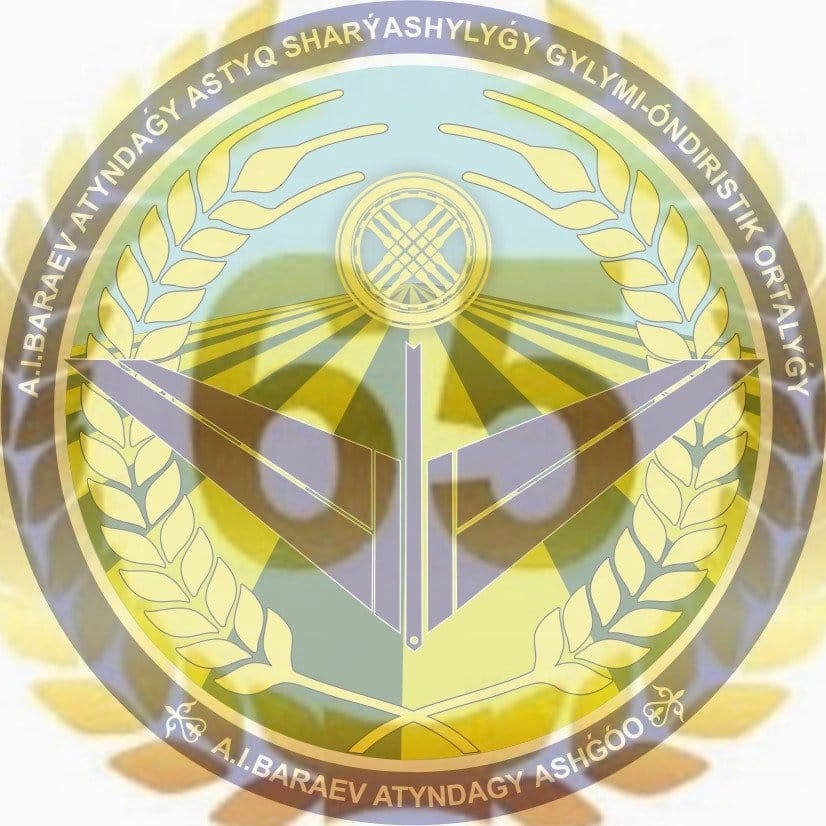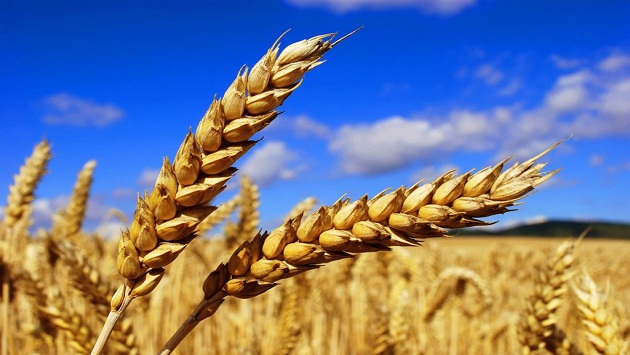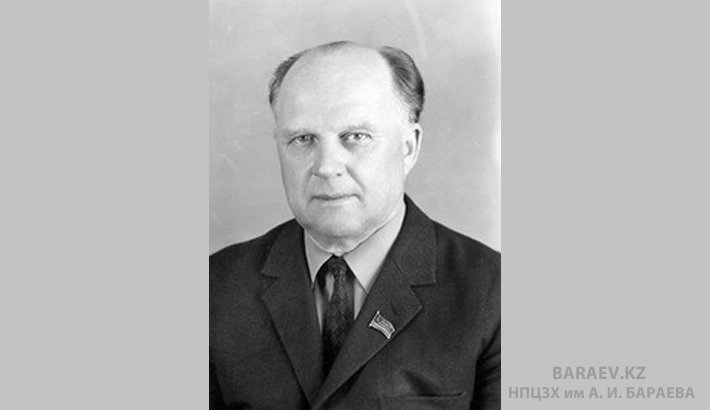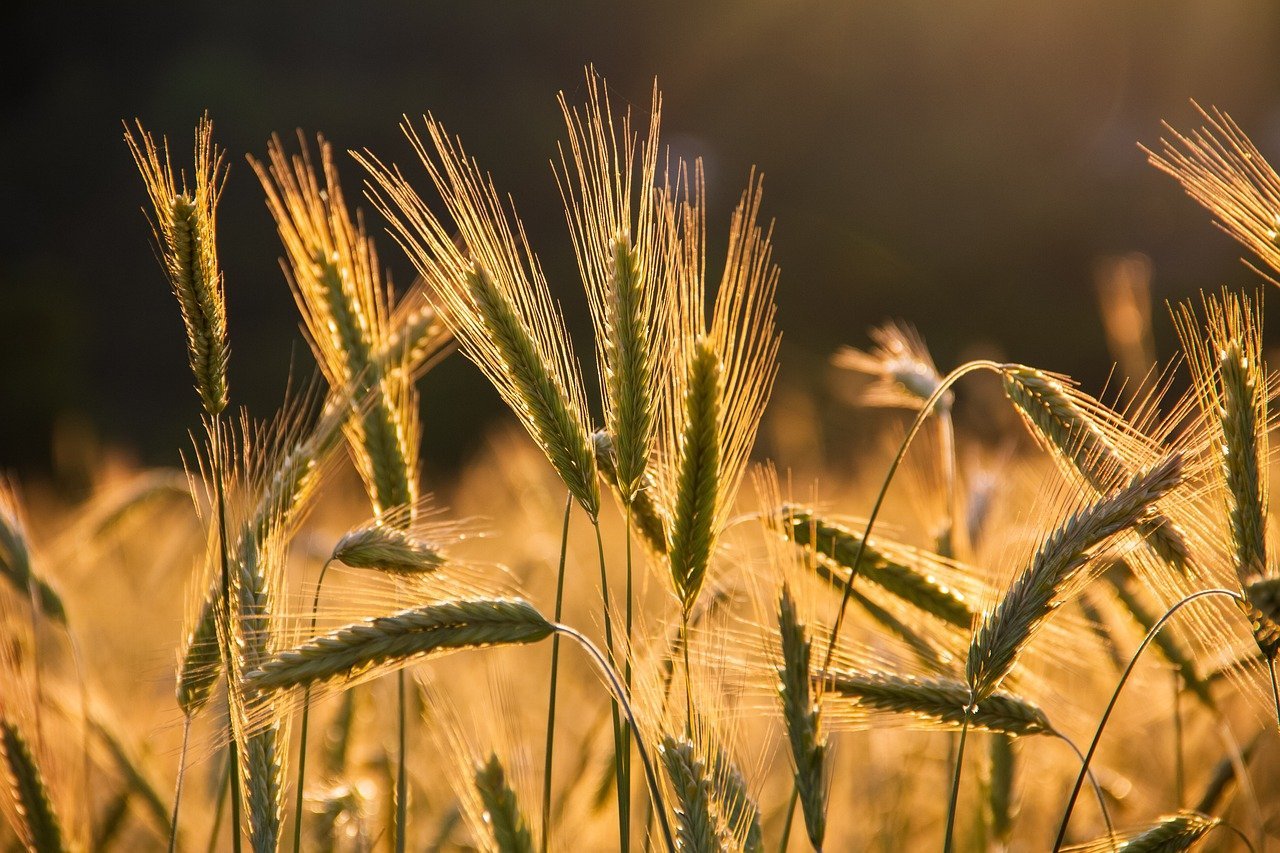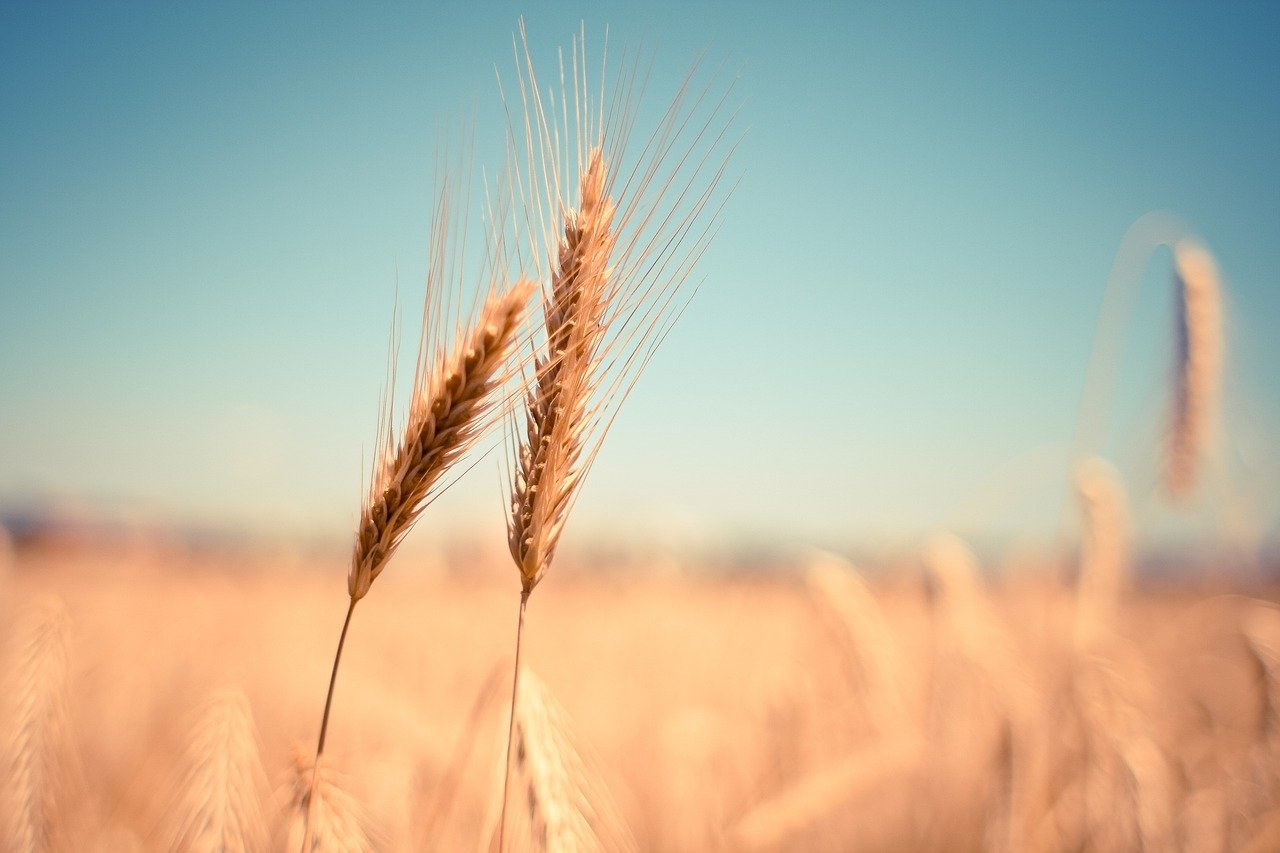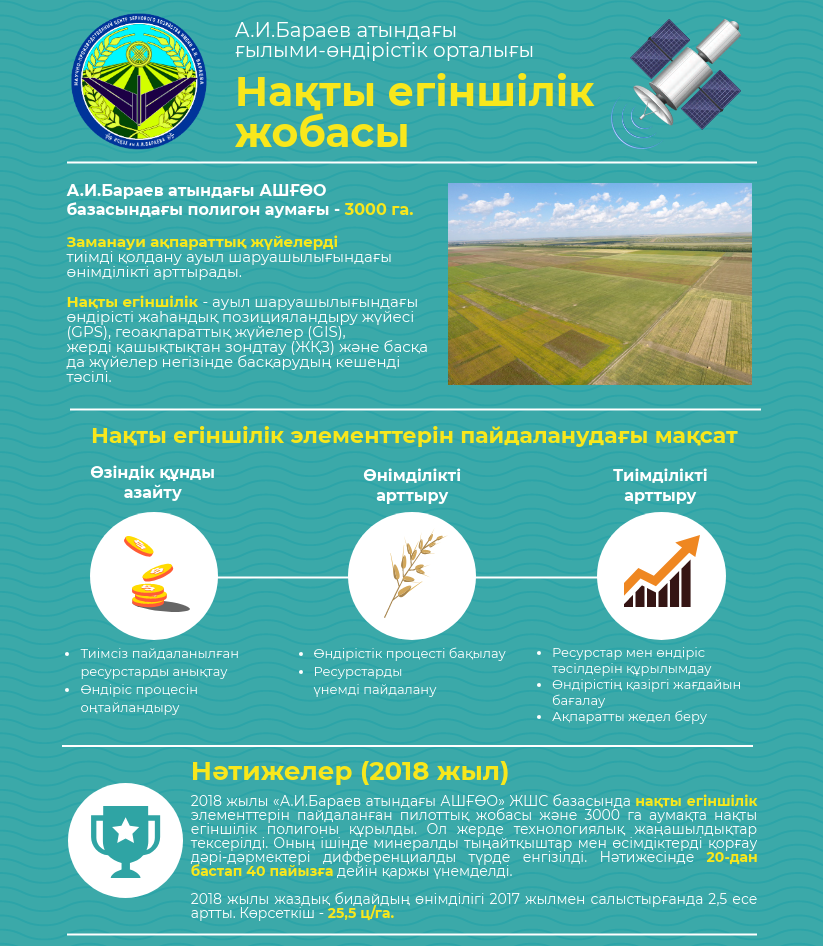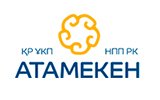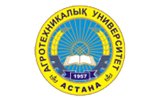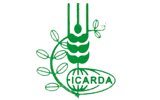A.I. Barayev “Scientific-production center for grain farming” is the future in new priorities
News
The Red Banner of A.I. Barayev "Scientific -Production Center for Grain Farming” ltd is the leading institution in the republic, involved in the fundamental and applied research in the development of technologies for cultivation of cereals, legumes, oilseeds, fodder crops and the creation of new varieties.


The history of "Scientific-production center for grain farming" ltd. (v. Nauchnyi, Akmolinskya region) starts from February 14, 1956, when Resolution № 253 of the Central Committee of the Communist Party of the Soviet Union used the base of the Agricultural Experimental Station to establish the Kazakh scientific-research institute of grain farming (KazSRIGF).
Until 1961, the institute played the role of a zonal research institution in the system of the Ministry of Agriculture of the Kazakh SSR, then as part of the Kazakh Academy of Agricultural Sciences. In 1961, the institute was renamed the All-Union scientific research institute of grain farming (All-Union SRIGF) with the support of the V.I. Lenin All-Union Academy of Agricultural Sciences. From 1957 to 1985 the institute of grain farming was headed by Academician A.I. Barayev. With the collapse of the USSR, the institute was transferred to the jurisdiction of the Kazakh Academy of Sciences and since 1992, by the decision of the Academic Council of the All-Union SRIGF A.I. Barayev, began to be called the A.I. Barayev Kazakh scientific research institute for grain farming. (A.I. Barayev KazSRIGF).
The period of organization of the institute coincided with the catastrophic spread of wind erosion on the newly developed virgin and formerly-plowed lands of Northern Kazakhstan. It was necessary to immediately develop a system of arable agriculture that would prevent the damaging effect of wind erosion and ensure an increase in grain production, radically change the methods of tillage and develop a system of new machines and implements. The team of scientists of the All-Union SPCGF set the task of coordinating the development and improvement of the system of arable farming for the steppe and arid regions of the whole USSR, which greatly expanded both the scope of the institute and increased the responsibility for preserving the fertility of millions of land hectares.
For the definition and development of measures to conserve the soil from erosion for the first time in the history of agrarian science, the team of scientists of the institute, headed by its director, A.I. Barayev was awarded a prestigious state award- the Lenin Prize (1972).
Speaking at the conference dedicated to the 50th anniversary of the development of virgin and derelict lands, the President of the Kazakhstan Republic N. Nazarbayev described the involvement in the agricultural turnover of millions of hectares of virgin and derelict land as a grandiose social and economic project of the twentieth century, which had no analogues in world history, which allowed Kazakhstan in the sixties to make a qualitative and quantitative breakthrough in the country's grain balance.
The main provisions developed by the team of the institute under the leadership of A.I. Barayev's system of soil conservation arable agriculture were: 1) grain-fallowed crop rotations with a short rotation (3-5 years) with a field of summer fallow, as a store of moisture and mineral elements; 2) subsurface tillage, allowed plows to leave to leave up to 80% of stubble (stubble residues) on the soil surface, which protected the soil from the wind.
The new soil-saving technology required the creation of fundamentally new machines and tools for tillage and sowing. The development of the mechanization department of All-Union SRIGF under the supervision of the Doctor of Technical Science A. Vazhenin, carried out jointly with the Head of the Specialized Design Bureau for Anti-Erosion Technology (HSDB AET) and other institute-co-executors, was applied not only in the territory of the USSR, but also in many countries of the world (from Mongolia to Bulgaria and Iraq). In order to accelerate the creation of new machines in 1964, a special design bureau for anti-erosion equipment (HSDB AET) was created. Later, scientists and designers of the institute, together with organizations-co-executors, developed and recommended the production of seeders-cultivators SZS-2.1, SZS-6 and SZS-12, etc.
Under the guidance of Doctor Agricultural Sciences P. P. Kolmakova, the staff of the weed control laboratory carried out fundamental research on the biological features of the main weed plants in the cultivation of spring wheat in the soil conservation of arable agriculture. Agrotechnical methods for controlling weeds have been developed, the relationship between the duration of the application of recommended and promising herbicides for the arid zone and the presence of wheat, fodder crops and soil in wheat has been studied. For the first time, as early as the 1960s, studies were begun on a minimum and zero system for the cultivation of spring wheat, based on the use of herbicides.
In the Department of Agrochemistry, led by Dr. of Agricultural Sciences O.V. Sdobnikova, the first schemes of application of mineral and organic fertilizers were studied. This was the beginning of the intensive development of agrochemistry in the virgin land in terms of theoretical studies and practical application of fertilizers in farms.
The soil fertility laboratory, led by I.P. Ohinko, was used to model optimal fertility schemes for black earth soils, and agrotechnical methods were developed to ensure a deficit-free humus balance. It was established that "with the existing technology of grain cultivation of crops in Northern Kazakhstan, the creation of a deficit balance of humus at the level of virgin soil is impossible and it is not expedient to strive for this”. From which it was concluded that it is necessary to use agrotechnical techniques to maintain the existing humus condition, in particular by using green-manure crops and straw.
Along with the improving technology of arable farming, in the institute has also actively developed another important direction - plant breeding. Its history in Northern Kazakhstan is associated with the name of a talented scientist, breeder, Hero of Socialist Labor, laureate of the USSR State Prize, academician V.P. Kuzmin, who in 1936 laid the theoretical basis of practical selection for the steppe regions of the USSR. Dozens of varieties of cereals, legumes, oilseeds and fodder crops were withdrawn and all of them found a demand in production. Until the 60s, the varieties Akmolinka 1, Shortandinka, Snegurka and hard wheat Akmolinka 5 occupied the main areas of sowing in the northern regions of Kazakhstan. In several years, the areas of crops planted with varieties of V.P. Kuzmin, in the USSR reached 6 million hectares. In 1967, for the introduction of advanced methods of soil tillage into the production and the creation of highly productive varieties of cereal crops of the Presidium of the Supreme Soviet of the USSR, All-Union SRIGF was awarded the Red Banner of Labor.
The study of solonetz and methods for their melioration was also an important area of scientific research at the institute. This work from 1963 to 1980 was conducted under the leadership of V.I. Kiryushina, now an academician of the Russian Academy of Agricultural Sciences (V.I. Lenin All-Union Academy of Agricultural Sciences). Stationary experiments were conducted in Akmola, Pavlodar and Torgay regions on the study of agrotechnical methods for reducing the solonetz soils and their complexes, theoretical studies were carried out on the genesis, morphology, and meliorative properties of solonetzes and their complexes. With reference to the soils of solonetz complexes of the steppe zone of Kazakhstan, an agro-meliorative group of solonetz lands and a grouping of agricultural crops have been developed agricultural crops on resistance to solonetsousness and salinity.
The head of the Fodder Production Department, Doctor of Agricultural Sciences D.K. Postoyalkov and his colleagues developed techniques for creating highly productive hayfields and pastures by radically improving natural forage and traditional perennial grasses, the best types of perennial and annual fodder crops for cultivation on limans and developed agro- technics for their cultivation.
Under the leadership of Doctor of Economical Science V.M. Slobodin, employees of the Department of Economics studied the issues of increasing labor productivity and reducing the cost of agricultural production on state farms and collective farms of the Tselinniy region, and the theoretical development of the soil-saving system of arable agriculture as an economic category was carried out. Also, the economic substantiation of the main parameters of grain processing in state and collective farms was given. Proposals have been prepared to improve the mechanism for planning production and harvesting of strong wheat.
The new direction in the development of soil conservation of arable agriculture on the basis of its intensification and new approaches to the theory and practice of constructing field crop rotations were introduced by the Head of the Institute in 1985, after the death of A.I. Barayev, M.K. Suleimenov, academician of NAS RK and RAAS. For the first time in the former Soviet Union, he proposed to reduce the area of summer fallow in the structure of the cereal crop rotations, which is the most prone to wind and water erosion of the soil and is the main link in the loss of humus and the transition to crop rotation. The proposal, which was approved at the outset, is actively supported by scientists both inside Kazakhstan and especially in Russia, and is now being successfully introduced into the production of agricultural crops.
In 2007, the institute was transformed into the LLP A.I. Barayev "Scientific and Production Center for Grain Farming JSC “KazAgroInnovation”.
A.I. Barayev SPCGF (Center) coordinated the scientific research work of 11 research enterprises, experimental stations and higher educational institutions in Northern and Central Kazakhstan.
The agrarian reforms carried out in the country have significantly changed the system of managing the agro-industrial complex, ensuring a transition to quality growth in the agrarian sector, and the formation of a new agribusiness structure.
Currently, the Center consists of 6 specialized research departments and 13 laboratories comprising them, 5 specialized independent laboratories, 1 extension center, crop production department, infrastructure department and commercialization office. At the center there is an "Analytical Center for the quality of soils and grain products" accredited in the system of technical regulation in accordance with the requirements established in ST RK ISO/IEC 27052 - 2007.
By the decree of the Akim of Akmola region dated April 2, 2015 No. A-4/136a, the Center was given the status of the producer of original seeds and elite-seed farming for the production and sale of seeds of elite grain and oilseeds.
The center has multi-year stationaries on crop rotations, soil cultivation, fertilizers, plant protection, conducts research on the agrotechnics of cultivating various crops, which allows monitoring changes in the soil fertility, yield formation and product quality, and offering new more advanced cultivation technologies. Today, the vector of development of these technologies was determined on the basis of the use of new technical means and elements of precision (precision) agriculture. Adaptation of accurate farming is carried out in the Center on an area of 3000 hectares. It is assumed that the use of precision agriculture technologies will allow saving material resources by 20-30%, and will significantly improve the efficiency and environmental indicators of land use. The center has sufficient equipment, tools, sowing complexes and combines. Studies are also being conducted in the direction of the development of organic arable farming.
Selective research is being intensively carried out to improve the ecological sustainability of the varieties being created, primarily cereals, legumes and cereals. At the moment, the selection work is carried out on 17 crops, and for such as millet, buckwheat, oats, peas, chickpeas, lentils, wheatgrass, the Center is the only institution in Kazakhstan. Annually more than 90 thousand samples are studied; more than 2 thousand combinations of crossing are carried out, with the involvement of sources and donors from 59 countries of the world in the process of hybridization. In recent years, the share of samples from Russia, the USA, Canada, Australia, the international centers of ICARDA (Syria) and CIMMYT (Mexico) has increased. Varieties of spring wheat of the Center in the general structure of crops of varieties of Kazakhstan breeding occupy 63%. According to the Akmola region, the share of the selection of new varieties of the Center has increased threefold since 2002 and consists of 76.5%.
The current situation is that competitive products are needed - grain that meets international quality standards. For this purpose, in the Center of the laboratory, the evaluation of technological qualities of grain and cereals and plant biochemistry is completed with appropriate instruments and equipment. The center has a modern scientific and research base for the evaluation of agrochemical soil quality indicators, as well as a selection of biotechnological greenhouses that cater for three generations of plants and a modern seed-cleaning line for seeding.
The connection between science and production became closer. Directly on the farms demonstration agrotechnical experiments are laid and production tests of technologies of arable agriculture and cultivars are conducted.
The Center is associated with long-standing creative cooperation with research institutions in Russia, Ukraine and Belarus, the International Center for Wheat and Corn Improvement (CIMMYT), Mexico, the International Center for Agricultural Research in the Dry Areas (ICARDA), Syria, the International Center for Plant Genetic Resources), with the Universities of the States of California and South Dakota, USA, Kyoto University, Japan, the Institute of Plant Selection of the University of Sydney, Australia.
The Center has an exhibition hall with the results of the work, photos of the Institute of Foreign Delegations and Kazakhstani politicians visiting the Institute, A.I. Barayev Museum, and a functioning scientific library.
After A.I. Barayev the leaders of the institute (center) of the grain farming were: since 1985 to 1994 - Doctor of agricultural sciences, academician of the National Academy of Sciences of the Republic of Kazakhstan and Russian NAS Mehlis Kasymovich Suleimenov;
from 1994 to 1996 - Doctor of Agricultural Sciences Anatoly Ivanovich Eskov;
from 1996 to 1997 - Doctor of Biological Sciences, Professor, corresponding member of NAS RK Onal Shegebaev;
since 1997 to 2002 - Doctor of Agricultural Sciences, Professor, Academician of the National Academy of Sciences of the Kazakhstan Republic Akhylbek Kazhigulovich Kurishbaev;
in 2002 - Doctor of Biological Sciences, Academician of NAS RK Elaman Shahanovich Shahanov;
from 2002 to 2017 - Candidate of Agricultural Sciences Zheksenbayi Aitoshevich Kaskarbayev;
since 2017 - Doctor of Agricultural Sciences Abdullayev Kenzhe Kozhakhmetovich.
For the high indicators and contribution to the development of fundamental and applied research, many scientists and employees of the Center were awarded medals and certificates of honor of the Ministry of Agriculture of Kazakhstan and JSC "KazAgroInnovation" and "Academy of Agricultural Sciences “National Agrarian Research-Educational Center".
From 2015 to 2017, the сenter was the coordinator and co-executor of several scientific and technical programs of the Budget Program 255 of the Ministry of Agriculture. The Center was also the executor of 11 projects of sub-program 102 "Grant financing of scientific developments", Budget program 217 "Development of Science", sub-program 102 "Grant financing of scientific developments" of the Ministry of Education and Science of the Republic Kazakhstan.
Since 2018, the Center's laboratories have been conducting research on the Budget Program of the Ministry of Education and Science of the Republic Kazakhstan of on priority: Life Science and Health. An application was submitted for participation in the tender for the PCF of the Ministry of Agriculture of the Republic of Kazakhstan on the priority "Sustainable development of the agro-industrial complex and safety of agricultural products" in the areas "Adaptation to the introduction of foreign high-yield varieties...", "Develop a system for the precise farming of cultivation of agricultural crops..." and "Development of effective technologies of pasture resources use". An application is being prepared for participation in the competition at the PCF of the Republic Kazakhstan on the same priority in the specialized field "Intensive agriculture and plant growing" with the aim of solving the problem "Scientific demonstration site in Kostanay region and training ground in Akmola region".
Abdullaev K.K., Doctor of Agricultural Sciences,
Acting General Director LLP
A.I. Barayev “SPCGF” Filonov V.M.,
Scientific consultant
Department of fertilizers and microbiology
1 573 -рет қаралды






